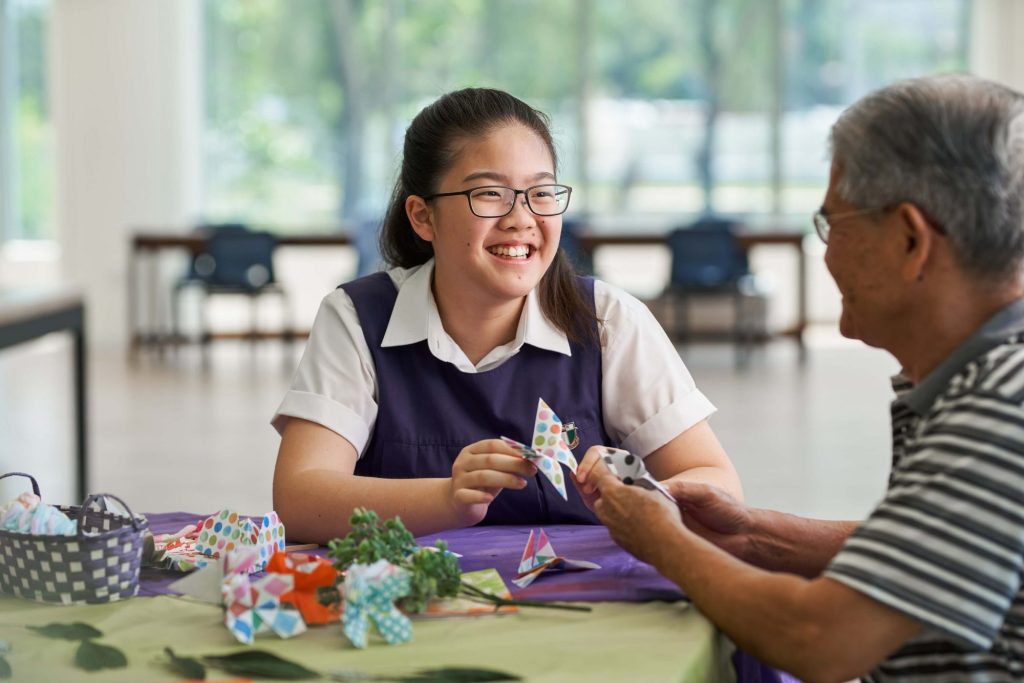How does the justification in service learning Singapore have records?

Most professors start their community involvement with just a trial project. Learners have the choice to participate in the work centered in the society under this approach. This community-based method to control is nothing more than a substitute for a section of such a standard curriculum. For instance, an experiencing scientific study or personal diary that records lessons first from quality service might be used instead of a conventional scientific report or scheme of work. In this instance, volunteerism is an integral component of the course that involves all participants. Participants must always be informed of this requirement and the service learning singapore justification for the subcomponent during their first teaching session and within the curriculum. A learner may change towards another school or request an emergency accommodation.
Volunteer
Public engagement instructional strategies referred to as “service learning”—combine educational objectives with volunteer work in manners that can benefit something both general welfare and academic development. Usually, such a project with educational and youth empowerment objectives is used to include community participation in a program or set of seminars. Academic and key stakeholders, including public and non-governmental groups, collaborated to create this initiative. Students are required to relate the course material to neighborhood projects as the stage of the work.

Participate
It’s also simpler to create schoolwork (i.e., classroom conversations, writing exercises, test problems) that ties overall user experiences with educational objectives though all learners interact in volunteering. Participants participate in neighborhood investigations for this kind of program. The organization is informed of something like the data analysis findings so they may be put to use in addressing requirements. Neighborhood research initiatives can assist faculty members’ scientific evidence, but participant observation and collaborative research strategies require a long time to establish connections of mutual trust as well as discover shared study goals.
Collaboration
Teaching experience is “among the most fundamental teaching approaches gathering steam in several schools,” according to Sharon Walls of Duke University. Furthermore, whenever done successfully, education with community involvement has positive effects on everyone involved—students, teachers, neighborhoods, and universities of higher learning. Many course goals can be achieved by having the whole class participate in some kind of one-time service activity. Earlier in the semester, plans for outreach programs might be created and written into the curriculum. This paradigm provides the chance for adolescent and professor engagement even though a collaborative level of service was included in the. Assignments that are completed once only produce different academic achievements than continual volunteer work.








